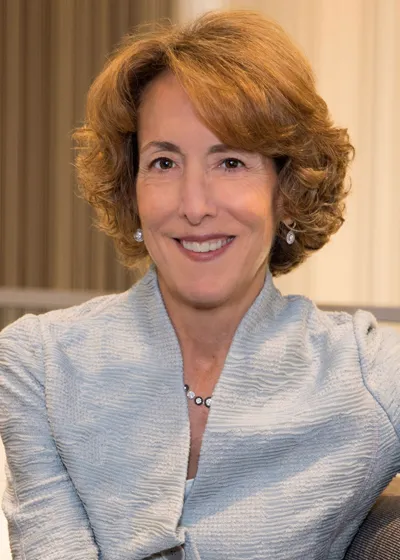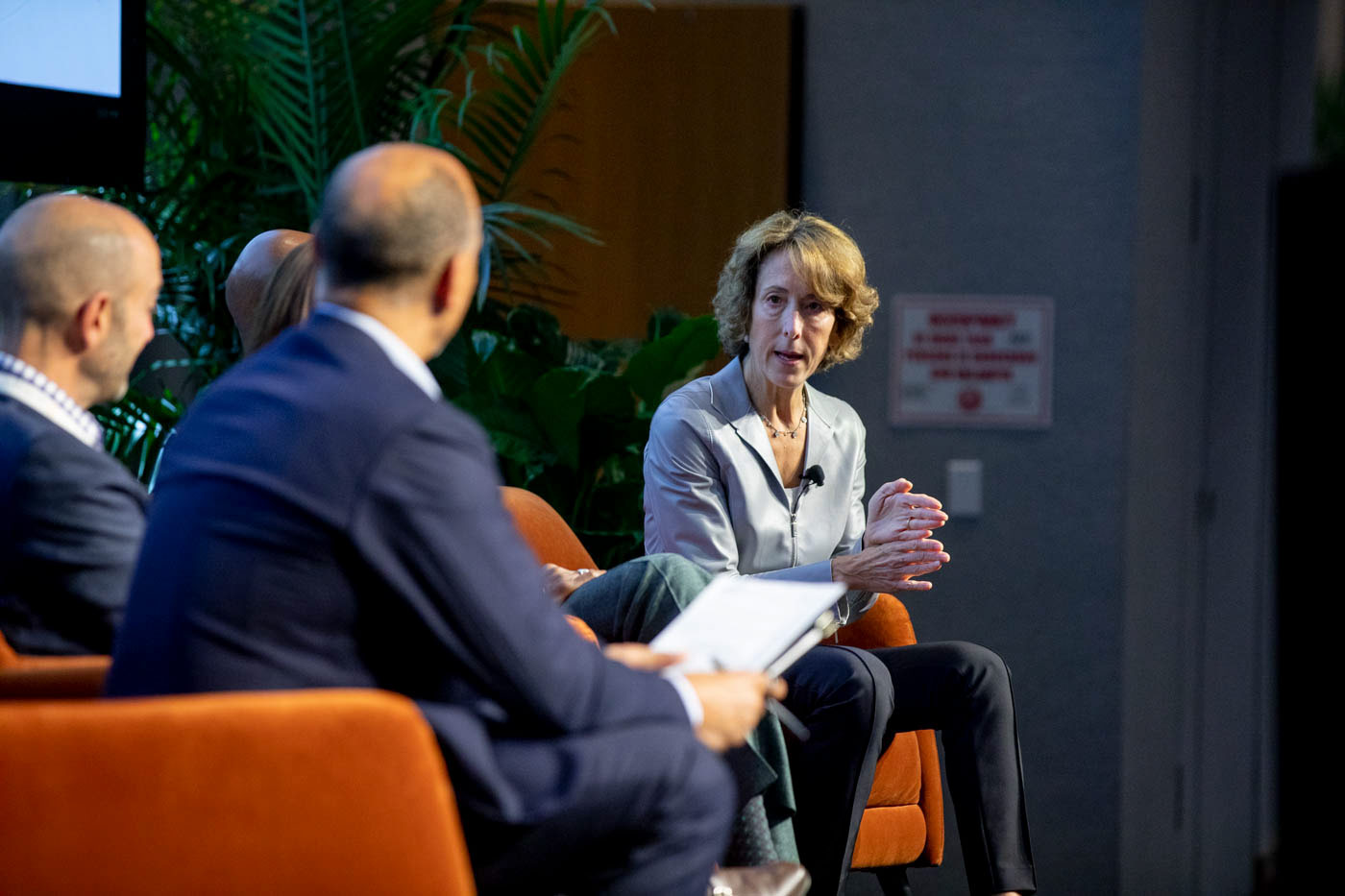Written and originally published by CEO Magazine.

While not as instantly recognizable as its carmine cousin, the Blue Cross remains a bold insignia of medical assistance all around the world. But where the Red Cross is an immediate visual shorthand for universal aid and health care, it’s less clear what the Blue Cross means.
It’s much the same tale for the Rod of Asclepius; the image of a single snake curling around a staff has become almost as synonymous with health care and medicine as the twin snakes of Caduceus. They are similar, but there’s clearly a reason for the delineation.
Together, the Blue Cross and the Rod of Asclepius form the standard of the Blue Cross Blue Shield Association (BCBSA), a federation of health insurance providers in the United States. One in three Americans are covered by one of the independent Blue Cross and Blue Shield (BCBS) companies across the nation..
Collectively, BCBS companies provide health care coverage to 114 million members throughout the country.
Blue Cross Blue Shield is one of the most trusted brands in the United States health care sector.

And it’s here where the use of these lesser-known medical symbols begins to make sense. While similar, they serve entirely separate purposes under the banner of health care. Likewise, the Blue Cross Association specialized in hospital care, while Blue Shield Association looked after physicians’ care until the two merged in 1982.
Now, BCBSA (or ‘the Association’ within the industry, such is its renown) looks after both duties and many more. President and CEO Kim Keck says the company’s work is vital to the American people.
“Blue Cross Blue Shield is one of the most trusted brands in the United States health care sector,” Kim says. “And we lead the work to support and position that brand.”
Blue ribbon
BCBSA’s work goes beyond providing health care benefits to everyday Americans. “We advance health policy at the national level,” she says. “We also operate the BCBS Federal Employee Program, and we enable BCBS plans to work both formally and informally together.”
Throughout her almost two years leading the Association, Kim has driven a greater understanding and support of BCBSA’s work across the country. Having spent much of her career in health insurance, she has gained a thorough understanding of the Association’s mission.
“I ran Blue Cross Blue Shield of Rhode Island (BCBSRI), so I know the benefit of both local and national scale,” she says. Indeed, on the national end of the scale, Kim was able to use her position as CEO of BCBSRI to bolster aspects of the Affordable Care Act, but on the local end she feels there’s still much to be done.
“The Blues have an incredible amount of local scale, and there’s so much incredible untapped opportunity to collectively support and drive BCBS at that level in the United States. That’s why I took the role.”

Through our deep community presence, we have such an opportunity to have a positive impact on things like access, equity and affordability.
Local scale, according to Kim, means putting into action community-based approaches with a deep understanding of the local markets in which they operate. “A huge component of who the Blues are is creating partnerships and even specific programs to meet their specific needs in their geographies,” Kim says.
In that way, although no two Blues are quite the same in what they provide, how they do so and the desired outcome are of one accord. “Through our deep community presence, we have such an opportunity to have a positive impact on things like access, equity and affordability,” Kim says. “It’s really a fantastic platform.”
North star rising
The business of health care has changed dramatically in the three years since the COVID-19 pandemic put it in the spotlight like never before. But even before that, health care in the United States has had more than its share of challenges – affordability chief among them. It’s a factor that Kim believes BCBSA has a duty to alleviate.
“The Blues are guided by what I’d call a north star,” she says. “And that is largely around advancing wellbeing and health equity, but also a relentless focus on pursuing affordability. We believe everyone deserves access to high-quality, affordable and equitable health care, no matter who you are or where you live.”
Health insurance, in particular, is driven by the cost of health care, she says, so BCBSA has put into effect a number of medium- to long-term efforts designed to lower that cost. “Things like lowering the price of prescription drugs, which account for more than 20 percent of healthcare premiums today,” Kim says.

We believe everyone deserves access to high-quality, affordable and equitable health care, no matter who you are or where you live.
To that end, BCBSA has partnered with Civica Rx, a not-for-profit pharmaceutical company created to improve shortages and affordability of critical medicine. Civica Rx develops and manufactures common generic medications for which there is currently not enough market competition to drive down prices.
The latest in their sights is insulin, which can cost up to a staggering US$400 per vial for the more than eight million Americans dependent on the drug.
“We’re working with Civica Rx to develop insulin for under US$30 per vial,” Kim says. “A lack of competition has driven prices as high as they are, but we’ll bring them to market and over many years save up to US$100 million annually.”
Equity is another important issue facing American health care, and in response BCBSA launched its National Health Equity Strategy in 2021.
“The first focus is reducing maternal health disparities by 50 per cent over the next five years,” Kim says. “Women of color are two-to-three times more likely to die from pregnancy related complications than white women in the United States, so we’ve partnered with entities such as March of Dimes to provide culturally competent and appropriate care and reduce the disparity.
“These are themes that have been at the forefront of American health care for a long time, but they’re a very important part of our agenda going forward.”
One of BCBSA’s recent wins was the signing into law of the Protecting Moms Who Served Act last year. The law requires the Department of Veterans Affairs to provide a maternity care coordination program.
“We’ve also been a big proponent of the Black Maternal Health Momnibus package,” Kim says. “There are many other programs related to maternal health we’ve championed, but I’d say the big categories are equity and affordability.”
Value-based care
It’s this kind of social reform Kim says isn’t possible without strong partnerships throughout the industry. “Picking the right partners is part of operational excellence,” she says. “We don’t necessarily solve any healthcare issues without working with almost every other stakeholder in the industry.”
Whether that’s organizations such as March of Dimes or more generalized work with doctors and hospitals, BCBSA has firm and rewarding relationships on all tiers of the sector.
“We have 1.7 million providers we contract with across our BCBS plans,” Kim says. “And today our system pays for health care on a per-service or per-visit basis, which can drive up costs. We’re working to move to a model that puts greater emphasis on things like prevention and primary care, but also importantly, better outcomes. We don’t want people to sit in the emergency room if that’s not the best place for them.”
To make sure customers get what they pay for when it comes to the quality of health care, BCBSA works with its providers to develop patient-based, value-based approaches.
“We call it value-based care,” Kim says. “We know that for every US$1 we invest in primary care, we save US$13 in downstream costs, so it has a huge impact on how we operate. It’s also more rewarding for our providers and creates better outcomes for our patients.”
Values and actions
And it’s that last part that Kim believes sets BCBSA apart from the competition. “I often say that BCBS companies are part of a community’s DNA just as much as community service is in our DNA,” she says.
“It’s just who we are. We cover every zip code in the United States, and by what we do, we’re able to meet specific needs for physicians, hospitals, employers, policy makers, you name it. We have a lot to offer, and I think we make our communities better. At least, that’s the goal.”
Just as it takes a special kind of company to provide personalized health care for a nation, it takes a special kind of CEO to lead such a company and develop its culture. Kim, who still feels like a new recruit, says the latter is a work in progress.

I often say that BCBS companies are part of a community’s DNA just as much as community service is in our DNA.
“We’re in the process of incorporating new values into our culture,” she says. “Values, important and foundational as they are, sometimes need a bit more definition. So at the moment we’re rolling out improved accountability, but that’s five separate new values, not just saying to people ‘I want all of us to be accountable’.”
This culture, founded on a combination of values and action, has enlivened the service-oriented BCBSA, and Kim believes it has become a major value-add. “We’re taking that deep service and mission orientation and infusing some new components as well,” she says. “It’s quite exciting.”
The ‘how‘
Shaping company culture is just a part of the responsibility of being a CEO, Kim says.
“I focus quite a bit on the ‘how’ part of leadership and not just the ‘what’. How I work and how I lead are at least equally important as what we have to accomplish, and especially during the COVID-19 pandemic, some of those attributes really had to come to the forefront.”
As arguably the biggest challenge faced by the global healthcare community in recent times, the pandemic thrust the industry into the spotlight in every corner of the world. The situation forced leaders to flex a different set of muscles in order to stay the course.

It was even important to just be curious enough to ask the right questions so that we could figure out ways to do things we’d never done before. Being vulnerable, creating transparency.
“We played many roles during the pandemic, from vaccinating two million senior citizens in under 100 days to sourcing cashflow for our providers to keep businesses up and running.”
For Kim it was first and foremost about finding ways to help BCBSA’s partners and communities. “But also having a sense of humility and knowing we may not have all the answers,” she says. “It was even important to just be curious enough to ask the right questions so that we could figure out ways to do things we’d never done before. Being vulnerable, creating transparency.”
Listening, learning and being solutions-oriented are skills that serve leaders well in ordinary times, but Kim says they took on a whole new meaning and power during the pandemic. “They were critical,” she says. “And I think they helped many of us get through those initial stages.”
The blue normal
With the worst seemingly behind us, the world is trying hard to return to a sense of normalcy. For BCBSA, that means doubling its efforts to improve affordability and equity in American healthcare.
“It’s who we are, and it’s what we do,” Kim says. “In fact, last year was the 37th consecutive year of growth for the BCBS Federal Employee Program. We received the highest scores from members in terms of our service and our commitment to meet the needs of employees and families in that program.”
It’s a great example of the strength of the Blues across the country, and also how it meets the commitments of its constituents. “And 37 straight years of growth doesn’t come easily.”
The next item on Kim’s agenda is expanding BCBSA’s support for Medicare members, specifically those on Medicare Advantage health insurance plans. “We’ve spent a lot of time over the past few years working on strengthening the Blues’ position in Medicare Advantage,” Kim says.

I have a lot of healthcare experience, and I’ve always looked for opportunities in my career that have allowed me to stretch myself and learn new things.
Medicare Advantage plans allow Medicare members to receive coverage through private health insurance companies. “To have a relationship with the customers who shop for Medicare every year, you need to have certain ingredients for success.”
In 2022, BCBS companies were able to expand their footprint to reach 91 per cent of all eligible Medicare members. “That’s the highest of any health plan in the country,” she says. “We lowered our premiums more than our national competition, and that made us very appealing to Medicare Advantage members.”
Health care in the United States has long been a hot topic, and looks to remain so for the foreseeable future. “We’re still largely a fee-for-service model in the United States,” Kim says.
“Physicians get paid when they see patients. When our economy shut down at the start of the pandemic, it was an eye-opening experience for those physicians and doctors that relied on services to get paid.”
Until the day comes when the entire system changes, entities such as the BCBSA will continue to go above and beyond to provide Americans with quality, affordable health care. And CEOs like Kim Keck will keep making the tough decisions that ensure those provisions remain within reach.
“I have a lot of healthcare experience, and I’ve always looked for opportunities in my career that have allowed me to stretch myself and learn new things,” she says. “So I come at this opportunity with that in mind, it’s just who I am.”

